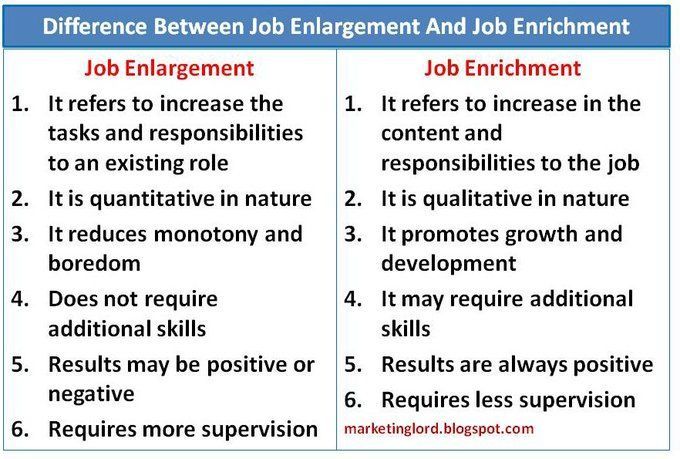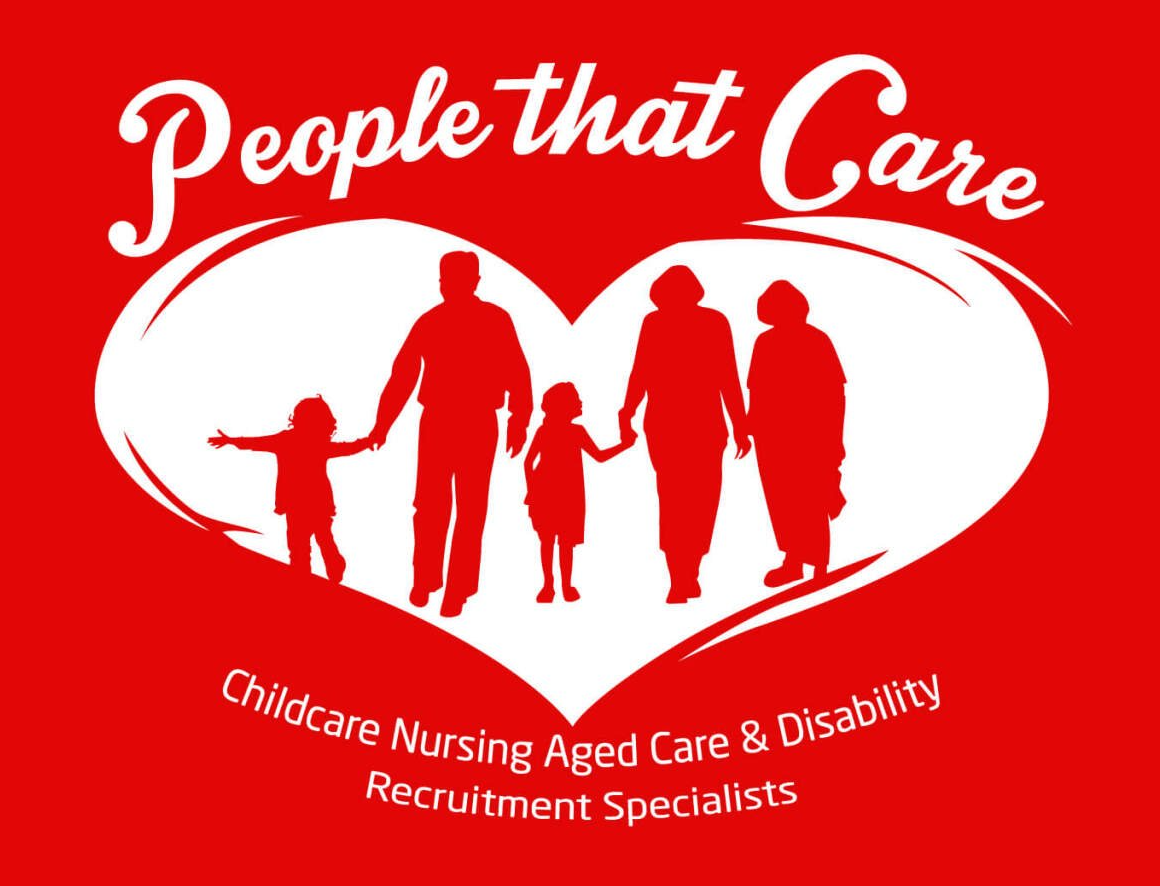Are you really having a bad day? Or did you catch it from your colleague?
Negative emotional contagion is making our work days that much harder.
You’ve probably heard that emotions can be contagious. If a colleague starts panicking about COVID-19, for instance, you’re more likely to feel panicked yourself.
But it’s not just negative emotions that can be passed on. If you hear someone erupt into a giant guffaw, you’re more likely to feel happy and laugh too. That’s why sitcoms have canned laughter tracks.
This phenomenon is known as ’emotional contagion’. While it might be a helpful tool for giving people a dose of positivity, it can also have serious negative effects in the workplace.
The single influencer
It’s important to distinguish up front that emotional contagion is different from behavioural contagion (subconsciously imitating the behaviour of others) and attitudinal/cognitive contagion (having your values/attitudes influenced by those around you). That being said, the three often overlap. For example, if someone is acting negatively towards a client, their colleague or subordinate might experience a negative emotion, while also changing their perception of that client and changing their behaviour towards them as a result.
However, only that initial feeling of negativity is emotional contagion. And if you think you don’t experience it, know that it’s something that’s so common it’s a part of our language.
Think, for example, of the phrase “the tension was so thick you could cut it with a knife”, what is that describing if not the physical sensation of other people’s emotional conflict?
In an episode of The Happiness Lab, a podcast on the science behind what makes humans happy, Sigal Barsade, a professor at the Wharton School of Business and emotional contagion expert, describes her experience of working with a woman whose emotions had a profound effect on the workplace.
“I didn’t report to her, I didn’t even work with her a lot, but she was a very negative person. And one day she left for vacation and I noticed there was a palpable difference in this open plan office. Peoples’ shoulders seemed to lower; they were more relaxed and happy.
“Then when she came back from vacation, everything went back to how it was. I remember thinking, ‘Wow, this person is having a tremendous effect on our mood even when we don’t have to engage with her on workplace issues.'”
Once an individual’s bad mood rubs off on someone else, others are likely to continue passing that negative mood on to people throughout the day. Barsade calls this the “affective spiral”.
“Most often it’s coming as a very automatic process as a result of behavioural mimicry, that is mimicking people’s facial expressions and body language. Then, through a variety of physiological processes, we’re actually feeling those emotions.”
This mimicry may be more crucial than we tend to think. Barsade, in her own research paper, references an interesting study from 2010 in which it was found that people who’ve received Botox injections can sometimes have a harder time identifying other peoples’ facial expressions due to an inability to move their own faces. That’s just one finding that looks into how powerful behavioural and emotional mirroring can be. There’s plenty more out there.
You’ve likely experienced a variation of emotional contagion at some stage in the last 48 hours – maybe your partner came home in a funk or your colleague’s non-stop complaining caused your mood to fall. But when you consider some of the organisation-wide impacts this phenomenon can have, you might be more inclined to pay attention to it and call it out.
The impacts
Helping to facilitate a positive workplace culture has always been a top priority for HR managers and workplace leaders, but it’s even more important right now. The pandemic has meant more employees than usual are feeling stressed, panicked, anxious, sad and burnt out. So knowing how to limit the spread of negative emotions can benefit the wellbeing of whole workforces.
In another study by Barsade, she asked two groups of employees to complete a series of tasks which involved decision-making around money. In one group there was someone who was acting in a negative way and in the other a person who was purposefully happy and bubbly.
The group in the presence of a person who was in a good mood were more cooperative and less likely to have in-group conflict than the other group.
Barsade points to separate research from 2012 in which participants reported the decisions they made over a three week period. They found that when anxiety is transferred amongst a team, they are more likely to perceive more negative consequences coming from the decisions they make.
She also found that perceived individual-level performance, both from the individual themselves and outside observers, was improved when positive emotional contagion is present.
Other research referred to in Barsade’s paper also found that in negotiation situations those who shifted from a happy affect to a more angry one had a greater chance of achieving their objectives than those who were angry from the get go.
“Emotional contagion fully mediated this effect; happiness caught early in a negotiation with a partner was enough to serve as a buffer against the anger they experienced later,” writes Barsade.
“As such, this study provided additional evidence that early emotional contagion has a significant influence on subsequent reasoning and decision outcomes.”
Several other studies have also suggested that those working in service-based roles, such as healthcare, are also more likely to experience emotional exhaustion, burn out, reduced communicational responsiveness and reduced occupational commitment when negative emotions are spread throughout an organisation. (For more on this, read HRM’s article on how workplace civility can remedy burnout).
The answer lies with leadership
So how can you safeguard your organisation against the spread of negative emotions? As is the case with most workplace culture issues, it’s best to start from the top.
Overall, a group’s effort is decreased when leaders transmit negative emotions, Barsade found.
“When I hear about a team that has really low morale, one of the first questions I ask is, ‘How is the leader coming in every morning?'” Barsade says in the Happiness Lab podcast.
“Are they coming in excited, enthusiastic, energetic and talking to people? Or are they coming in looking like they have the weight of the world on their shoulders and are really stressed? People are always paying attention to leaders, so they literally catch the leader’s mood.”
When thinking about situations where employees might be panicked or anxious, she says leaders need to model the behaviours that will be most productive in that situation, so that might be positivity and a general sense of calmness.
“If you’re sophisticated about understanding that, you have a way of getting your team onboard and where they need to be.”
And if organisations want to create transformational leaders, as HRM recently looked into, then mastering the art of positive emotional contagion could be critical.
“Early emotional contagion has a significant influence on subsequent reasoning and decision outcomes.”
It starts with you
A simple way to avoid being the first chain in the negative mood link is to be aware of your own emotions and how you’re conveying them. Barsade uses the example of a candidate in a job interview.
“If they look nervous, the worst thing you can say to them is ‘calm down’,” she says.
What good interviewers will do instead is make sure their own tone is upbeat, that they’re pace is slow and that their body language is encouraging.
Barsade says leaders need to take this considered approach with all of their communication, because not only does this help employees to work more effectively, there are links between leaders’ positive moods and their subordinates’ perception of the leader’s charisma.
“Overall, there is a substantial, growing amount of evidence that emotional contagion between leaders and their followers is a pivotal process that impacts not only followers’ emotions, but also perceptions of leaders’ effectiveness, work-related attitudes and behaviors, and both individual and group performance,” writes Barsade.
There are plenty of legitimate reasons for us to feel negative emotions right now, but if we don’t break the cycle, we’re just going to keep handballing our negativity to one another.
As Barsade says in a recent article for the Harvard Business Review, “Stemming negative emotional contagion — and making positive emotions more infectious — will make us feel more prepared and in control during this frightening period.”
The good news? Simply knowing about this phenomenon is the first step in overcoming it.
Think of it this way, if you’re a little more conscious of your tone of voice when speaking with someone on the bus, you might end up helping their colleague have a better day.
Source: https://www.hrmonline.com.au/behaviour/emotional-contagion-workplace/


